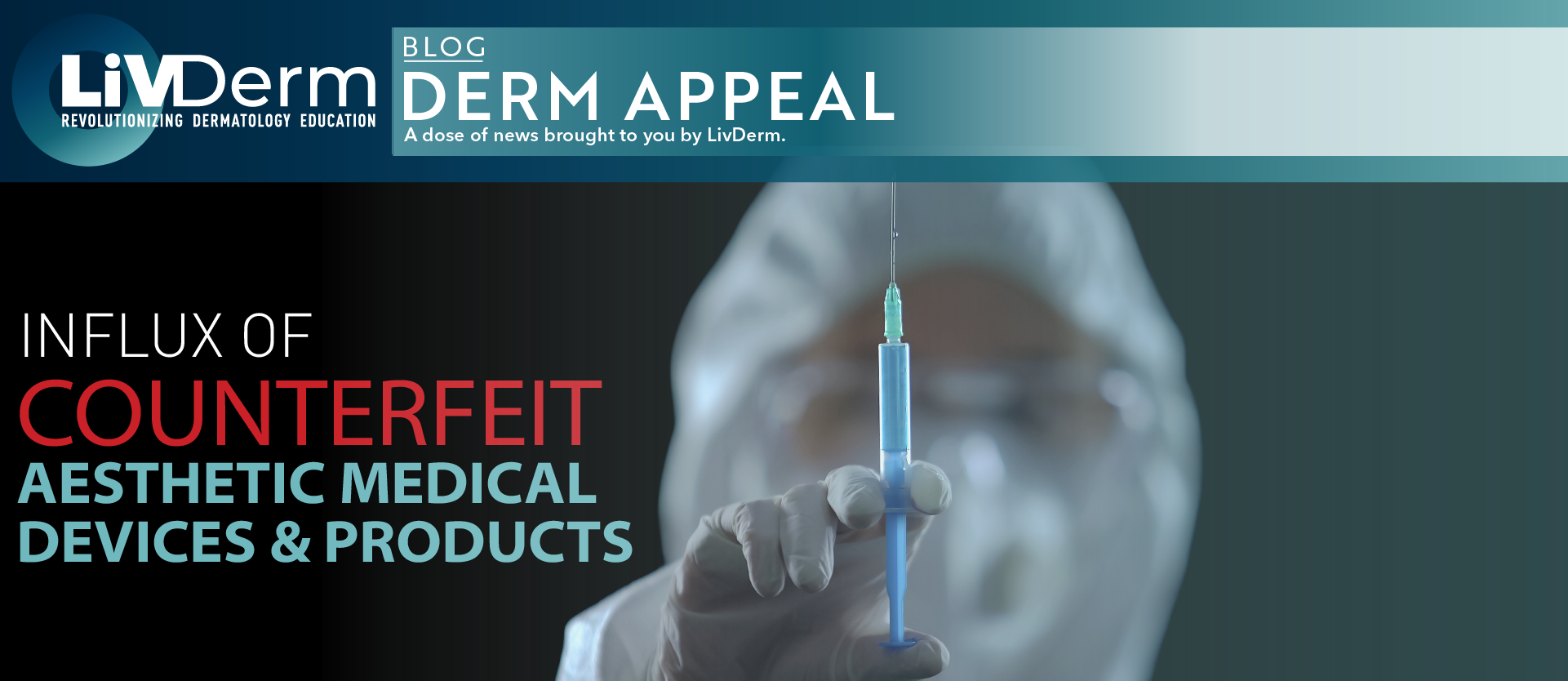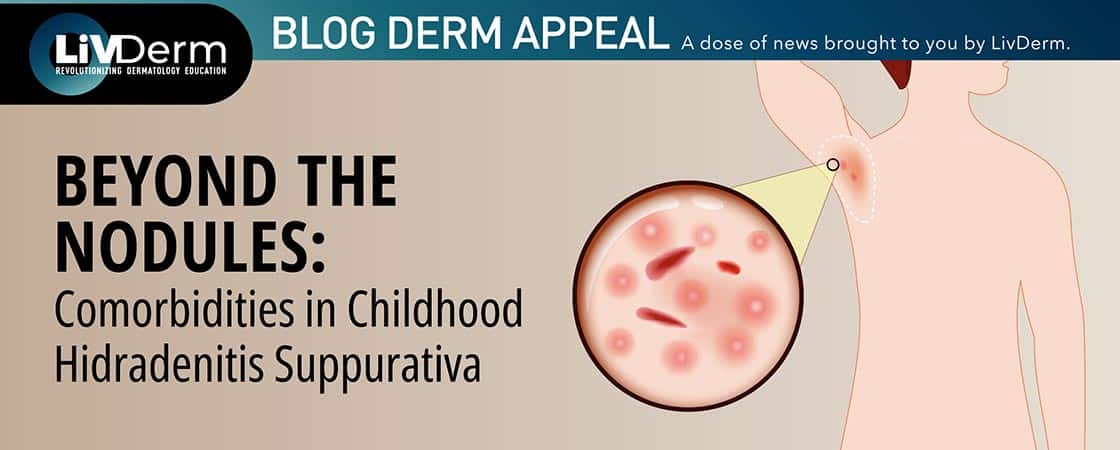Recently, there has been an increased focus on counterfeit medical devices and injectables within the aesthetic medicine field. Driven by lower costs and solicited by foreign or unlicensed suppliers, patients and practitioners may be tempted to purchase illegitimate products or medical devices or do so unknowingly. Unlike original products, counterfeit items have not been tested or verified using certified quality control measures and thus, can result in dangerous repercussions.
A recent study published this month in Dermatologic Surgery examined the prevalence of counterfeit products on the market and the experiences practitioners have had with them, revealing an influx of illegitimate products in the field.
Growing Incidence of Counterfeit Products
As part of the study, a team of researchers distributed an online survey to current members of the American Society for Dermatologic Surgery (ASDS) and the American Society for Laser Medicine and Surgery (ASLMS). The investigators reported that of the surveyed population, 37.4% had encountered counterfeit medical devices, while 20.1% had experienced patients with adverse events from such technologies. Of those who were solicited to buy such products, 4.6% actually purchased them and 6.1% did so unknowingly.
In terms of injectables, 41.4% of survey respondents had encountered counterfeit products and 39.7% experienced patients who had adverse events from them. Over half of participants had been solicited to buy these products, however, 10% actually purchased counterfeit injectables and nearly 80% did so unknowingly.
Potential Dangers, Need for Awareness
The majority of survey respondents believe that counterfeit products are less reliable, safe, and effective than their original counterparts and that they pose a grave danger to patient safety. Despite this, 24.2% of respondents acknowledged knowing providers who use counterfeit medical devices and 29.3% knew providers who consciously administer counterfeit injectables.
Additionally, 73.7% participants reported not being familiar with the United States Food and Drug Administration’s regulations on injectable products; at the same time, 68.9% of practitioners reported not being well-aware of the FDA’s policies on counterfeit medical devices. A lack of education and awareness among the medical community can pose a significant threat as the use of counterfeit products can result in potentially severe and irreversible adverse effects.
Protecting Yourself and Your Patients
Although in some cases it may be difficult to differentiate between real and fake products, there are several giveaways that can be found upon closer inspection. Per guidance from the FDA , “counterfeiters have become good at making fake copies of packaging and product, and it may be difficult to tell the fake from the legitimate just by looking. An example of the subtle difference between the FDA-approved Botox for injection manufactured by Allergan, and a known illegal version, is that Allergan’s Botox is labeled as “OnabotulinumtoxinA”, while the illegal version is labeled as “Botulinum Toxin Type A”.
The following signs may indicate that an aesthetic medical device or cosmetic products is actually a counterfeit and has not been FDA-approved:
- Medication or device has a different brand name than the one that was ordered
- The label or packaging looks different from product
- Shipping addresses, postmarks, or other materials indicate the package arrived from outside of the United States
- The dosage recommendations or use instructions are unfamiliar
- The product does not display a National Drug Code number
- The labeling or instructions are not in English, when previously they were
- An unlicensed or foreign supplier solicits you to purchase their product
With an influx of counterfeit medical devices and injectables, it is important to protect the safety of both your patients and practice by remaining vigilant for potentially illegitimate products. The latest evidence highlights the need for stricter restrictions and for improved enforcement of existing regulations within the aesthetic medicine market as well as the importance of raising awareness among both clinicians and the general public.

















